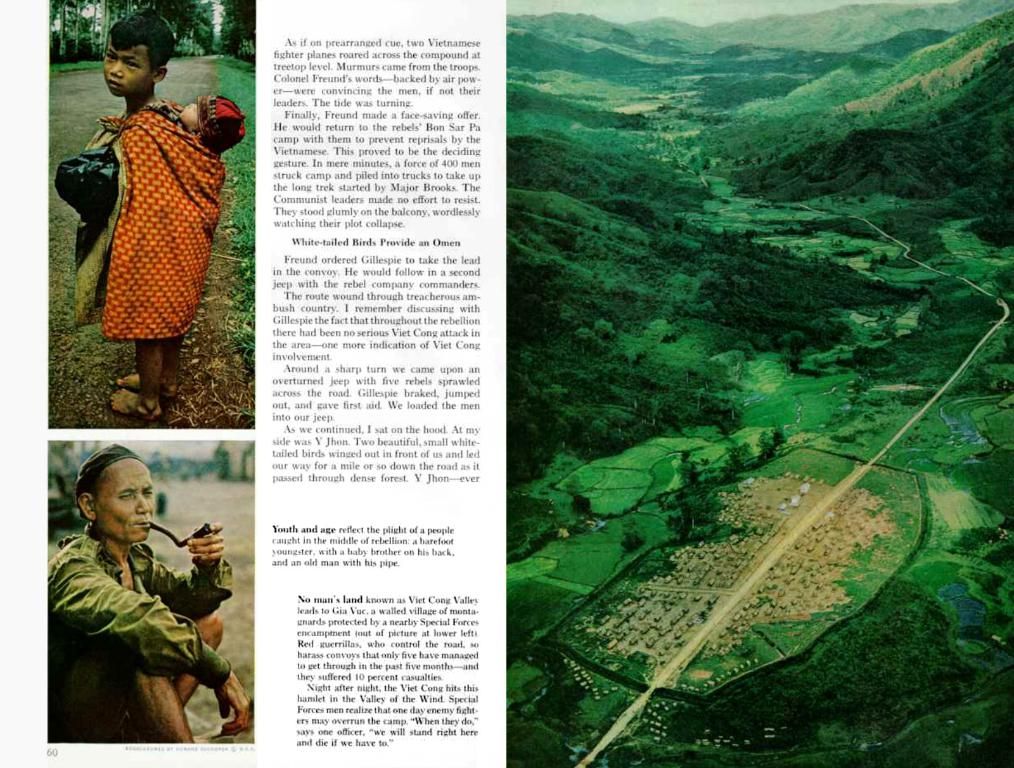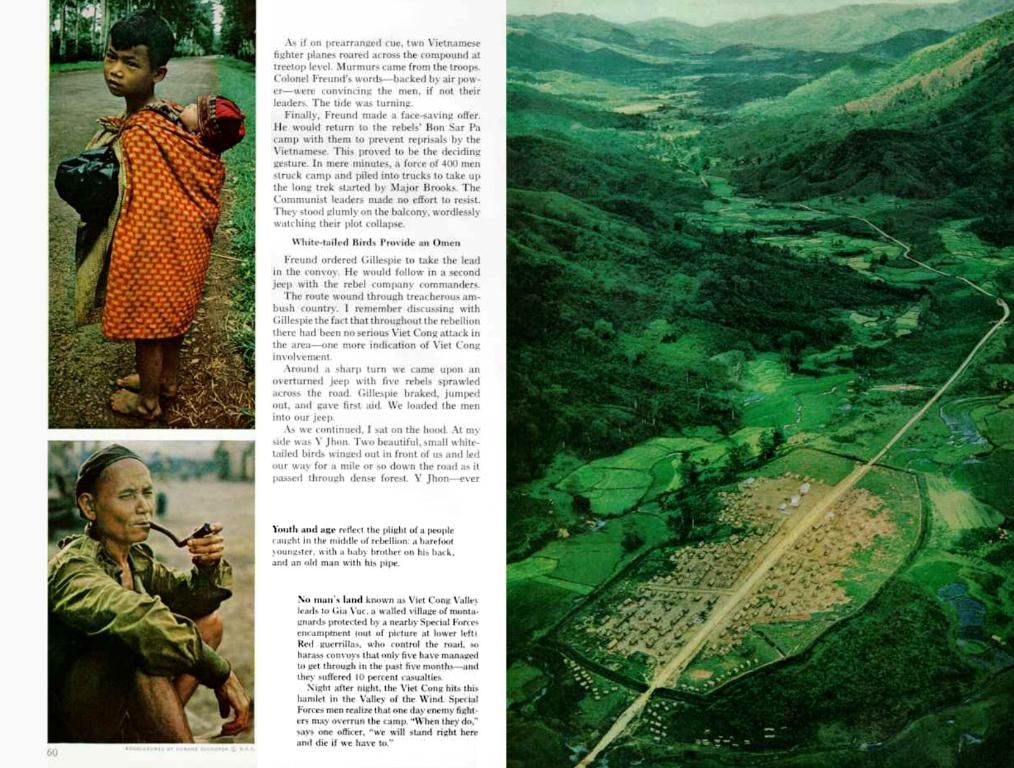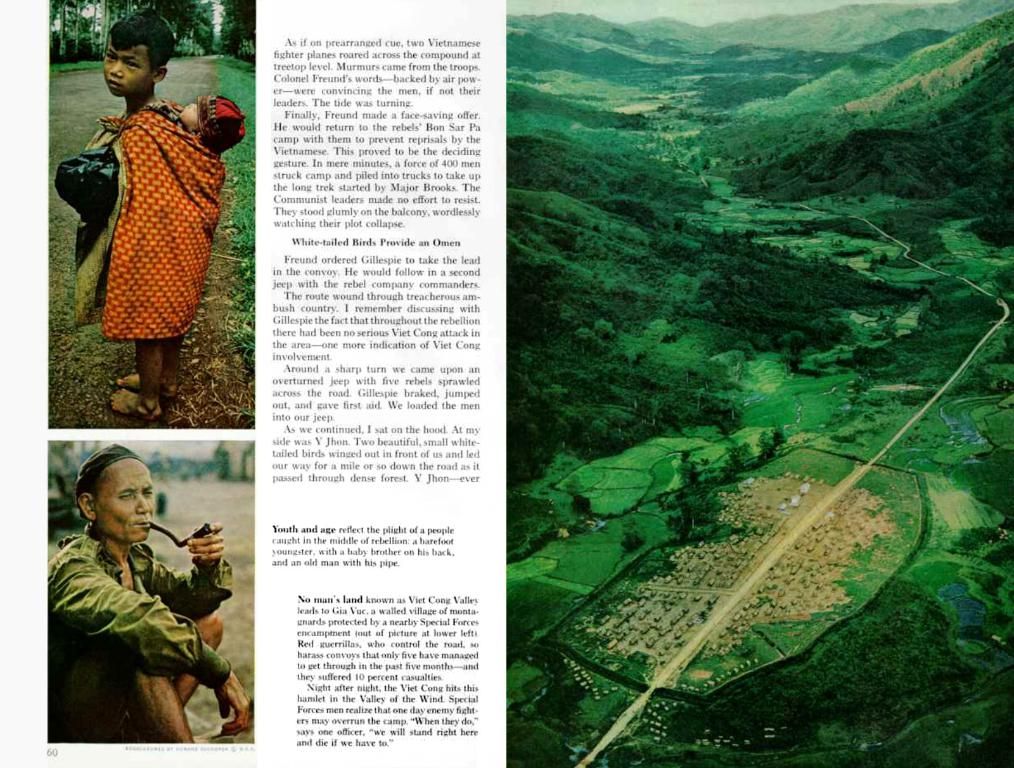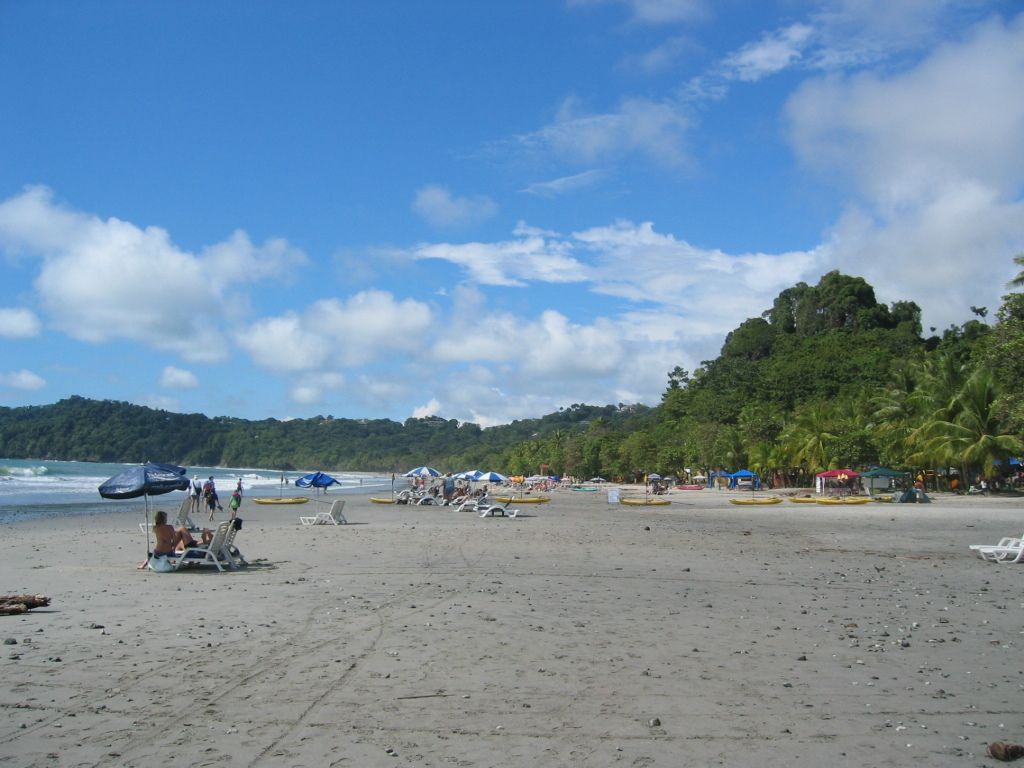Angola expended a whopping 582 million on purchasing fuel during the initial three months.
Rewritten Article:
Dropped some knowledge about the petroleum derivatives situation in Angola for the first quarter of the year today, courtesy of the head honcho at Angola's Petroleum Derivatives Regulatory Institute (IRDP), Luís Fernandes.
In this timeframe, Angola bought 1,147,248 metric tons (MT) for resale, with roughly 55.8% going toward gasoline, 33.5% for diesel, 5.4% for fuel, 3.7% for Jet A1, 1.3% for illuminating oil, and the remaining 0.3% for asphalt.
When it comes to production origins, the Luanda Refinery churned out 26% of these products, 1% was courtesy of the Cabinda Gulf Oil Company (CABGOC), and a whopping 73% was imported, setting back the nation by $662 million.
According to the general director of the IRDP, Angola is sitting comfortably with an internal storage capacity of 675,968 cubic meters.
There are at least 1,202 liquid fuel service stations in Angola, and while most of them are up and running, only around 920 are in operation, mainly those affiliated with the state-owned Angolan petroleum company Sonangol.
The global market for fuel sales during January, February, and March stood at 1,129,849 metric tons, marking a 7% decrease from the previous quarter, as per Luís Fernandes.
As for gaseous fuels, the Angolan market gobbled up 112,957 metric tons of gas in the reference period, with 69.2% coming from the Angola LNG factory.
Bonus intel: Despite no concrete information about a specific Brazilian mission to Angola for assessing petroleum derivatives production opportunities, recent developments in Brazilian energy activities and Angolan petroleum history could point toward potential collaboration. Brazil's focus on biofuels and Angola's established oil infrastructure might align for interesting partnerships, though specific projects are yet to be confirmed. However, more detailed info about a recent initiative beyond these findings would be needed for a targeted analysis.
Oh, and did you know Brazil’s Petrobras teamed up with Vale to test a 24% biodiesel blend using recycled cooking oil, highlighting their dedication to sustainable fuel development? And they've been shipping Brazilian Tupi crude to Nigeria’s Dangote refinery, securing their role as a significant player in the global crude market. Simultaneously, tightened soybean oil availability in Brazil could drive a stronger reliance on other feedstocks for biofuel production or prompt partnerships for shared success. On the flip side, Angola's petroleum reserves were discovered by Portugal decades ago, with substantial production in the Cuanza and Congo basins by the '60s. Today, their heavy sweet Pazflor crude continues to fuel partnerships, like the one with Nigeria's Dangote refinery, symbolizing the ongoing regional trade dance.
Additional Reading: Brazilian mission eyes production opportunities in Angola
- The Petroleum Derivatives Regulatory Institute (IRDP) in Angola, led by Luís Fernandes, recently reported that Angola imported 1,147,248 metric tons of petroleum derivatives for resale during the first quarter of the year.
- According to the data provided by Fernandes, the Luanda Refinery produced 26% of the petroleum derivatives, while Cabinda Gulf Oil Company (CABGOC) contributed 1%.
- The finance sector has been impacted as the nation spent $662 million on imported petroleum derivatives, as stated by Fernandes.
- The IRDP general director revealed that Angola has an internal storage capacity of 675,968 cubic meters for petroleum derivatives.
- In the energy business, Angola's petroleum reserves were initially discovered by Portugal and significant production in the Cuanza and Congo basins started in the 1960s, setting the stage for ongoing partnerships in the oil-and-gas industry.





